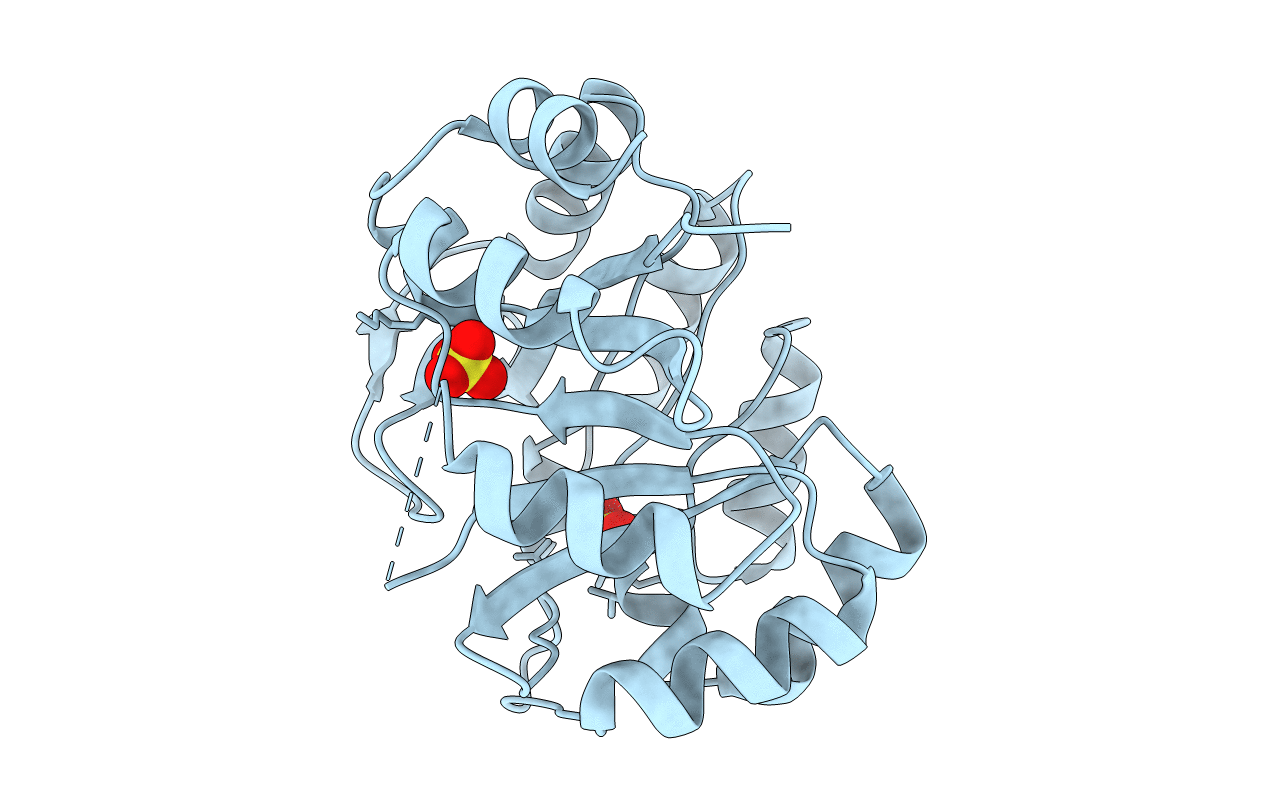
Deposition Date
2010-01-20
Release Date
2010-02-02
Last Version Date
2023-12-20
Entry Detail
PDB ID:
2X30
Keywords:
Title:
Crystal structure of the r139n mutant of a bifunctional enzyme pria
Biological Source:
Source Organism:
STREPTOMYCES COELICOLOR (Taxon ID: 1902)
Host Organism:
Method Details:
Experimental Method:
Resolution:
1.95 Å
R-Value Free:
0.27
R-Value Work:
0.21
R-Value Observed:
0.21
Space Group:
P 31 2 1


